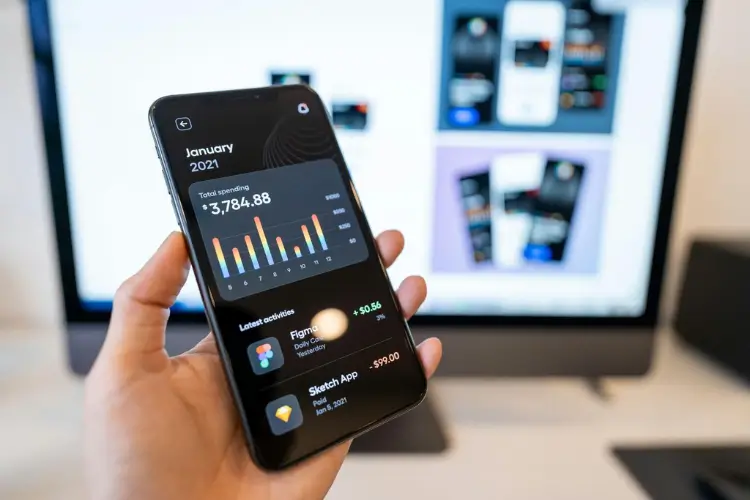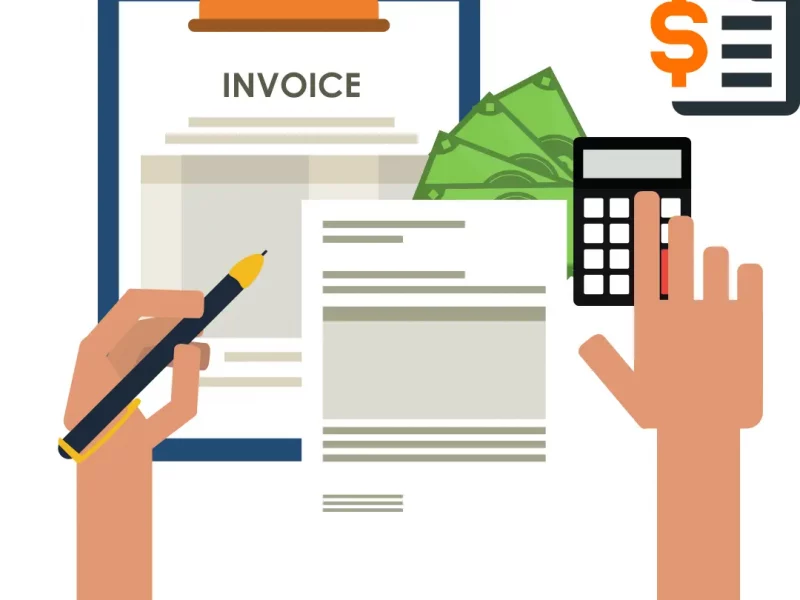Navigating the complex legal landscape is crucial when you aim to build a mobile banking app. This venture demands technological expertise and a deep understanding of the regulatory environment governing digital financial services.
As you explore how to create a mobile banking app, considering compliance with financial regulations, data protection laws, and security standards becomes essential (please see the Topflight article to know more). These measures ensure the app meets legal requirements and secures user trust.
In our guide, we’ll try to focus on providing as much information as possible so you can easily see the hows and whys.
Building a banking application – is it a big deal?
To start a banking app, assembling a team with expertise in financial software development, cybersecurity, and compliance is crucial. These professionals understand the nuances of creating applications that not only offer innovative financial solutions but also protect user data and meet stringent regulatory standards.
The journey to make a mobile banking app involves careful planning and execution. Every step, from the initial concept to launching the final product, requires meticulous attention to detail. Yet, with a dedicated team, businesses can streamline this process, turning a complex project into a successful and secure mobile banking application.
While building a banking application is a significant undertaking, it’s entirely feasible with the right expertise. Teams that combine technical skills with a deep understanding of the banking industry can successfully navigate the challenges, ultimately delivering a product that meets the needs of modern consumers.
How to make a banking app?
Creating a banking app involves a series of strategic steps requiring a blend of technical prowess, an understanding of financial regulations, and a clear vision for user experience. Here’s a concise guide to navigating this process:
- Identify Your Niche: Begin by defining the specific banking services your app will offer. This could range from traditional banking operations to innovative financial solutions like peer-to-peer payments or investment platforms.
- Understand Regulatory Requirements: Banking apps must adhere to a myriad of financial regulations, including data protection laws and anti-money laundering (AML) directives. Familiarize yourself with these requirements to ensure compliance from the outset.
- Assemble a Skilled Team: Success hinges on the capabilities of your team. Include members with finance, cybersecurity, app development, and user experience design expertise.
- Choose the Right Technology Stack: Select technologies that support robust security measures, seamless user experience, and scalability. Consider using frameworks and platforms known for their reliability in financial applications.
- Prioritize Security and Privacy: Implement advanced security protocols like encryption, two-factor authentication, and secure APIs to protect user data and financial transactions.
- Develop a User-Friendly Interface: Design an intuitive and accessible interface. A good user experience can significantly influence the adoption and success of your banking app.
- Test Thoroughly: Conduct extensive testing to identify and fix bugs, ensure security, and refine the user experience. Include beta testing with a select user group to gather real-world feedback.
- Launch and Iterate: After launching your app, continuously monitor its performance, user feedback, and regulatory changes. Update your app regularly to address new requirements, fix vulnerabilities, and add features based on user demand.
What are the potential roadblocks?
When developing a banking app, several potential roadblocks can impede progress. And you should pay attention before they bite you and cost you tons of money:
- Regulatory Compliance: Tackling the complex web of financial regulations and ensuring full compliance can be daunting and time-consuming.
- Security Threats: Protecting against cyber threats and ensuring the security of user data and transactions is a continuous challenge.
- User Trust: Building and maintaining user trust, especially in handling personal and financial information, is critical for adoption and retention.
- Technical Challenges: Integrating with existing banking systems and ensuring the app’s scalability and reliability poses technical hurdles.
- Market Competition: Standing out in a crowded market with established players requires innovative features and a compelling user experience.
Summary
Many people want to build a mobile banking app. And it’s not just banks – they might be financial service providers or companies building software.
But before you get into doing the “good stuff, ” you seriously need to consider the features and how they impact user experience because mistakes might be costly here, unlike other types of apps.
Thus, fintech apps revolutionize how users manage their finances by offering convenient and secure digital banking services (to learn the details, please see this entry).
Author: Priya Raeesa
Priya is an experienced mobile app developer with a flair for simplifying complex concepts. Her articles aim to demystify the app development world and empower others to create innovative mobile solutions.





